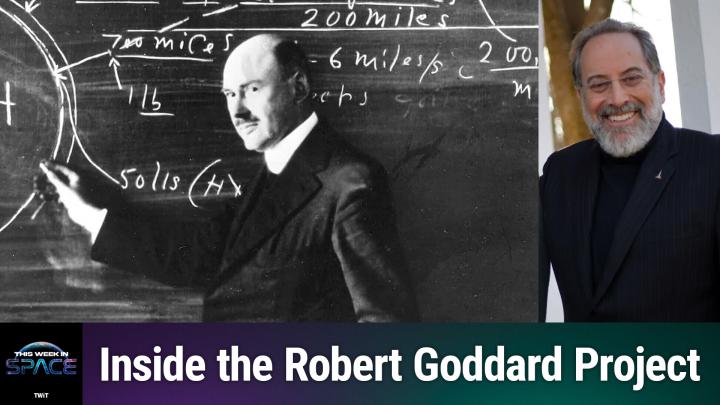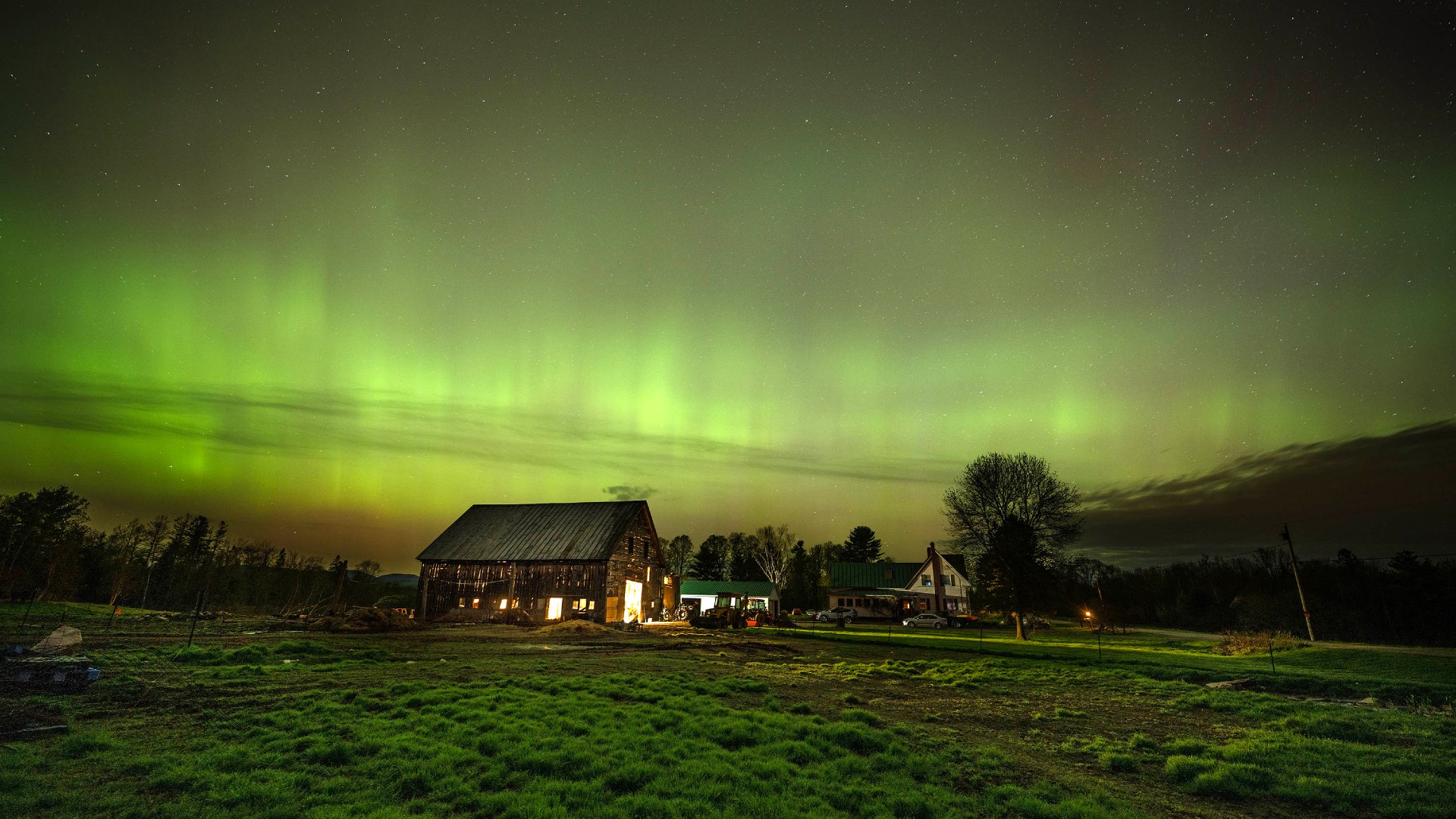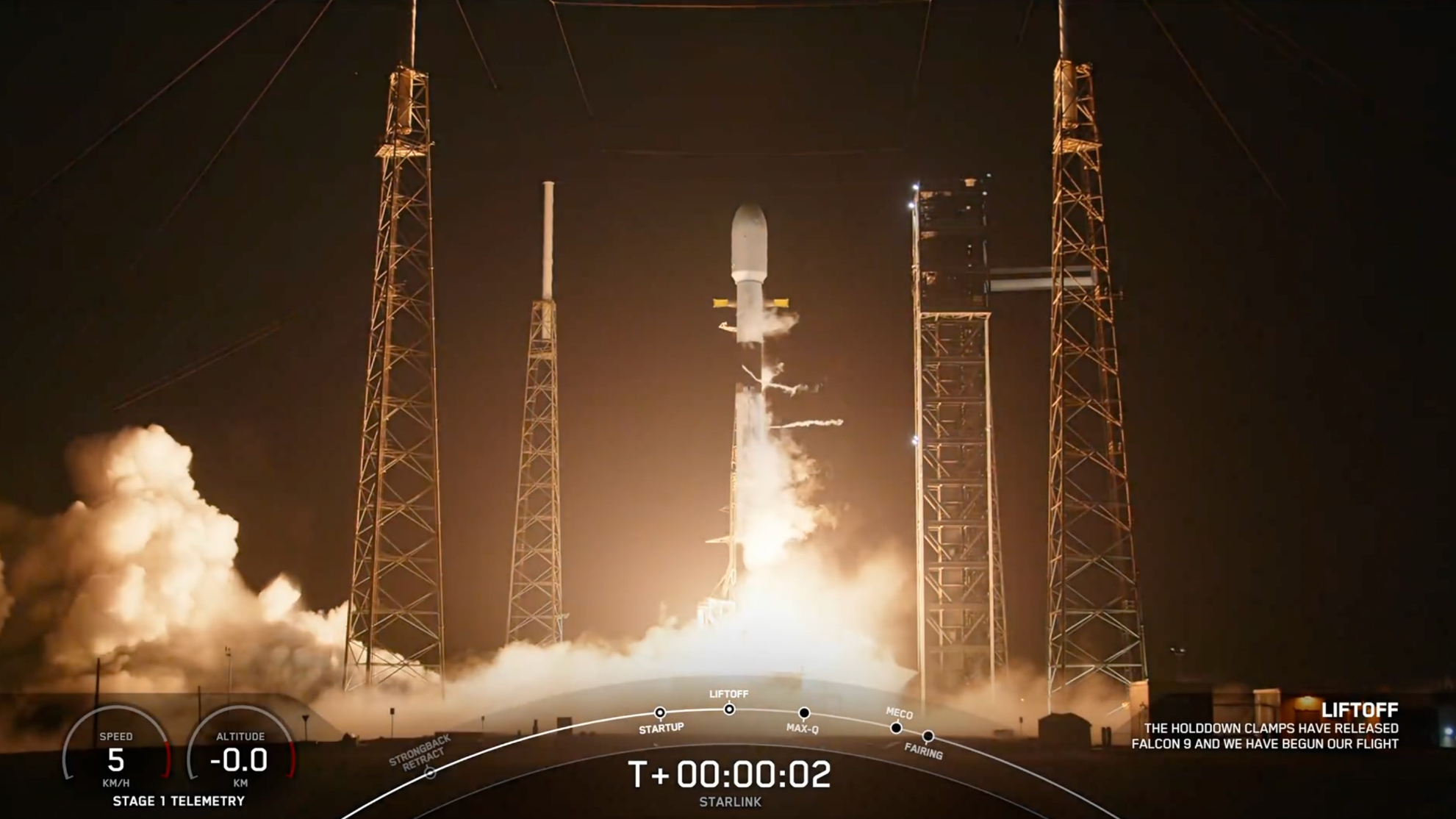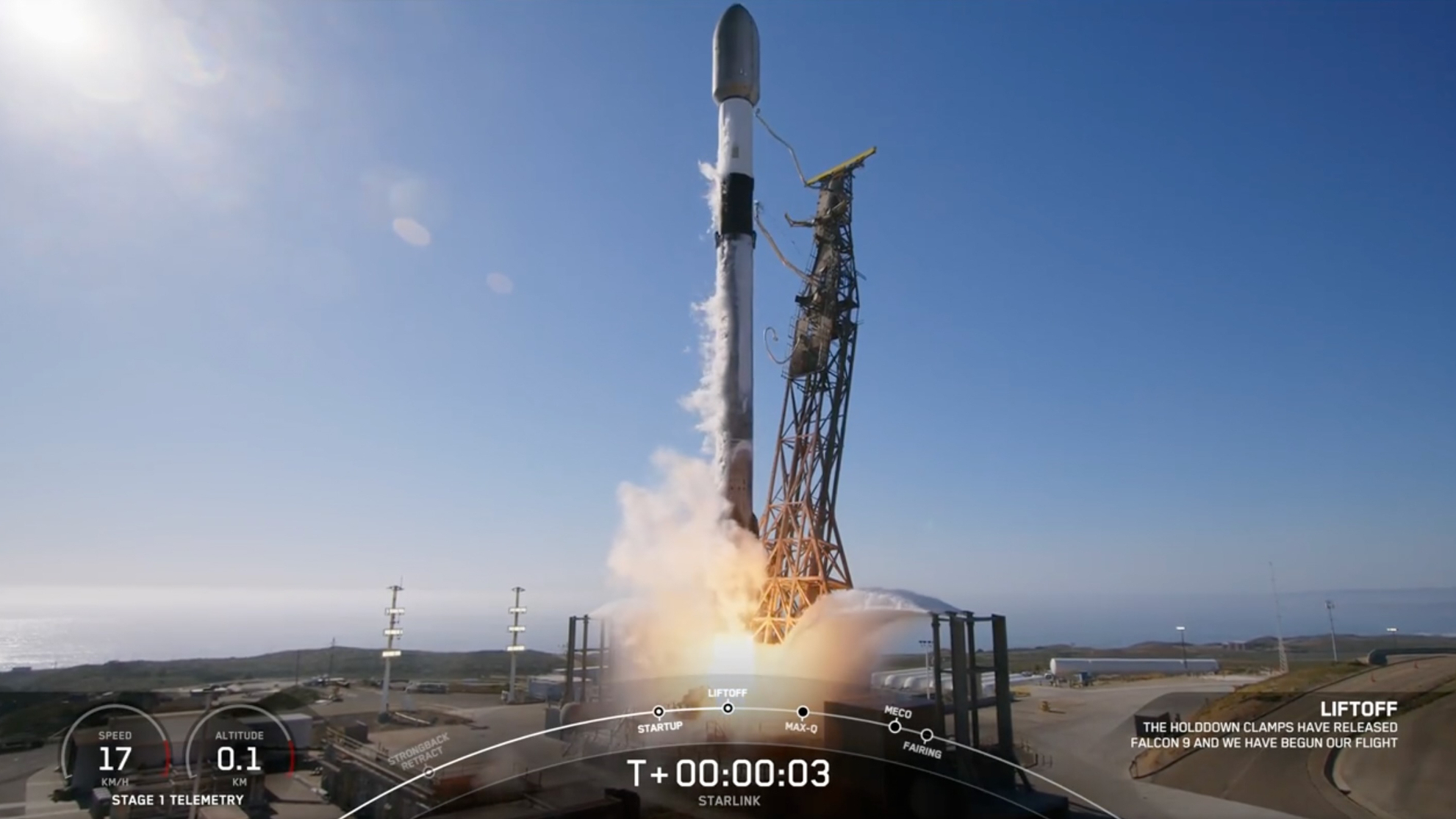NASA's Artemis 1 Orion spacecraft aced moon mission despite heat shield issue
Orion lost more material from its heat shield during reentry than predicted.
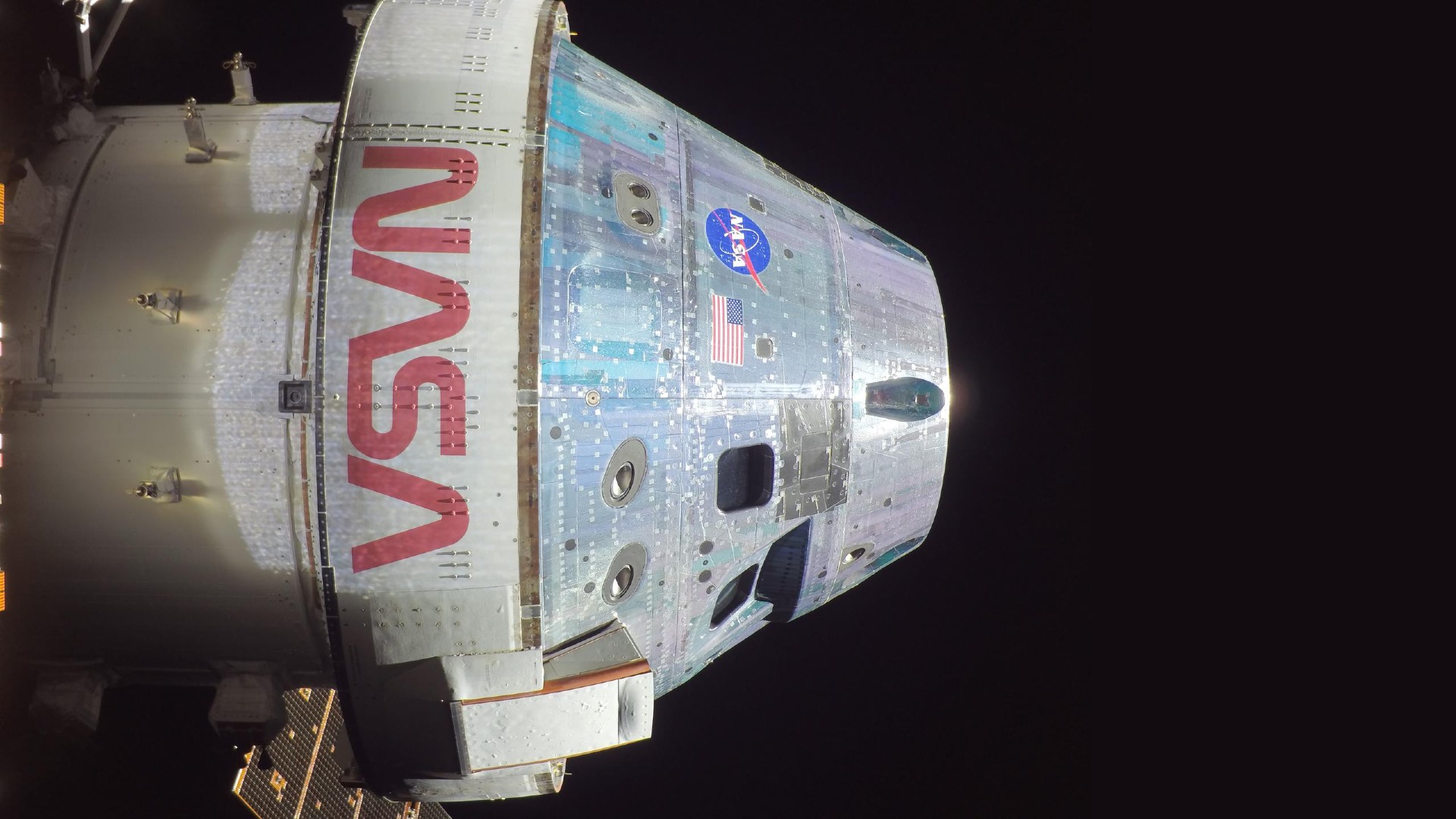
NASA's Orion spacecraft performed better than expected on its first deep-space flight despite experiencing unpredicted loss of its heat shield material.
In a teleconference on Tuesday (March 7), NASA leadership discussed Orion's performance on the historic Artemis 1 mission that saw the spacecraft orbit the moon before returning to Earth after 25 days. Orion was carried to lunar orbit after launching on Nov. 16, 2022 atop the agency's Space Launch System rocket (SLS), the most powerful rocket ever launched.
John Honeycutt, manager of NASA's SLS program, said during Tuesday's teleconference that the agency was surprised by how well both the rocket and spacecraft flew on the test flight, which was the first for SLS and the second for Orion. "We've continued to see outstanding performance from SLS, and it's done an outstanding job and met all our expectations and in fact exceeded most of them," Honeycutt said, adding that "post-flight data analysis continues to show SLS is ready to support crewed Artemis missions."
That's not to say that every aspect of the mission went perfectly. During Tuesday's call, NASA program managers revealed that Orion's heat shield did not perform as expected, losing more material than the agency had planned for. Nevertheless, NASA leadership is confident that everything will be ready for the crewed around-the-moon flight of Artemis 2, which is planned for next year.
Related: NASA's Artemis program: Everything you need to know
Howard Hu, manager of NASA's Orion Program, lauded the crew module's performance during the test flight, noting that NASA was able to accomplish 161 overall test objectives planned for the mission, even adding an additional 21 during the flight based on the spacecraft's performance.
"We also accomplished what our number one objective was, which is returning the crew module back to Earth safely from 24,500 miles per hour to a landing about 16 miles per hour when it touched down, and we were able to land within 2.4 miles of our target," Hu said during Tuesday's teleconference. "Our requirement was 6.2 miles. So, really great performance as we were able to return back from the moon."
Get the Space.com Newsletter
Breaking space news, the latest updates on rocket launches, skywatching events and more!
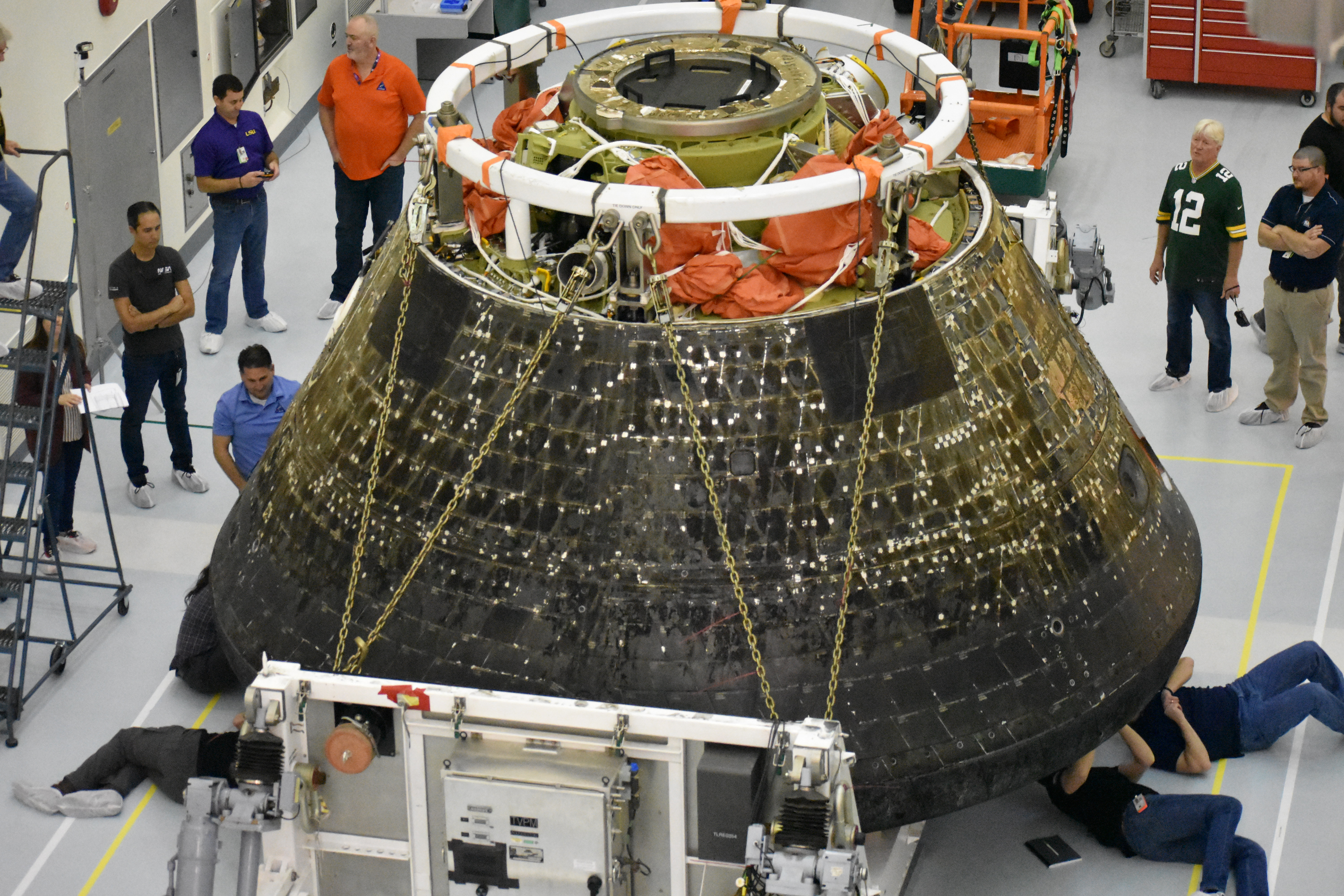
One of the main points of discussion in Tuesday's teleconference was the heat shield on the Orion spacecraft, the largest ever built. When the Orion crew module was inspected after splashing down, NASA discovered much more variation in the performance of the heat shield than they had expected.
"Some of the expected char material that we would expect coming back home ablated away differently than what our computer models and what our ground testing predicted," Hu said. "So we had more liberation of the charred material during reentry before we landed than we had expected."
Hu explained that NASA teams are investigating a wide range of data related to the performance of Orion's heat shield, including images and videos of reentry, onboard sensor readings, and even X-ray images of sample materials taken from the shield.
"Overall, there's a lot of work to be done in this investigation going forward," Hu said. "We are just starting that effort because we've just gotten together all those pieces of information. Those samples, the videos, images, and the data from the spacecraft itself and correlated them together. And now we're assessing that data and moving forward with that assessment."
Despite the unexpected loss and irregular charring of heat shield material during reentry, NASA's program managers stressed that they feel confident that the crewed Artemis 2 mission will be able to launch on schedule in 2024.
"We're making great progress on the Orion side, so I'm very excited going forward to complete this assessment, implement lessons learned for Artemis 2 and see the crew fly on Artemis 2," Hu said.
NASA is currently aiming to launch Artemis 2 in November 2024. The mission will send a crew of astronauts on an eight-day mission around the moon and back to test Orion's performance, crew interfaces, and guidance and navigation systems.
Follow Brett on Twitter at @bretttingley. Follow us @Spacedotcom, or on Facebook and Instagram.
Join our Space Forums to keep talking space on the latest missions, night sky and more! And if you have a news tip, correction or comment, let us know at: community@space.com.

Brett is curious about emerging aerospace technologies, alternative launch concepts, military space developments and uncrewed aircraft systems. Brett's work has appeared on Scientific American, The War Zone, Popular Science, the History Channel, Science Discovery and more. Brett has English degrees from Clemson University and the University of North Carolina at Charlotte. In his free time, Brett enjoys skywatching throughout the dark skies of the Appalachian mountains.




